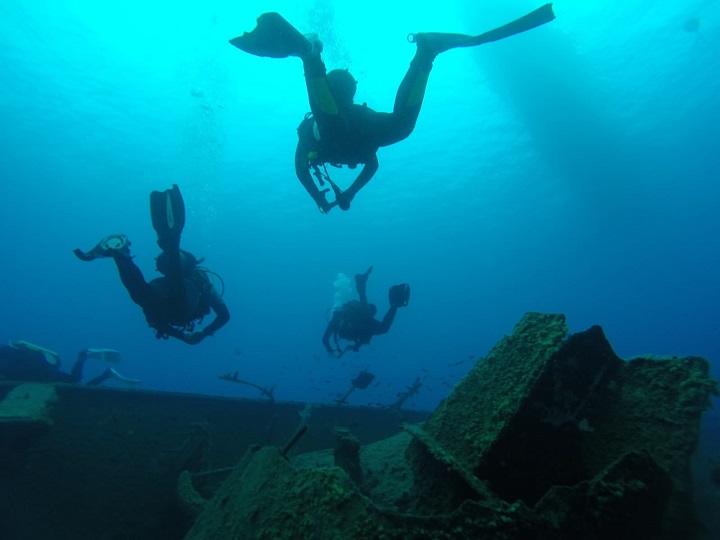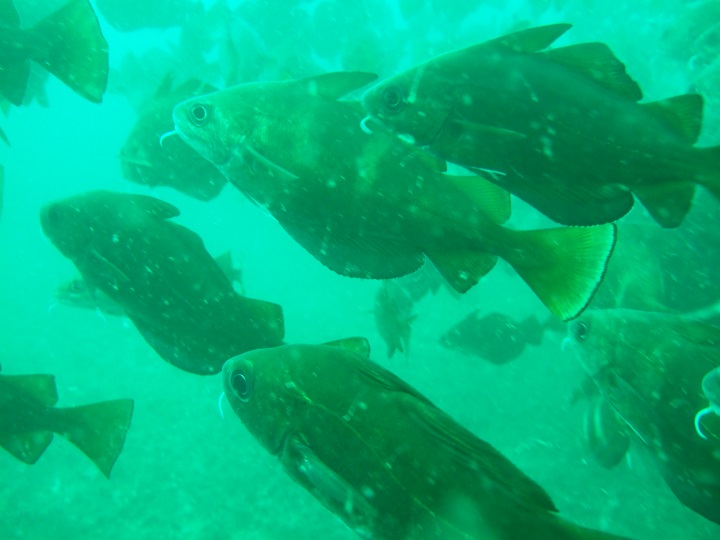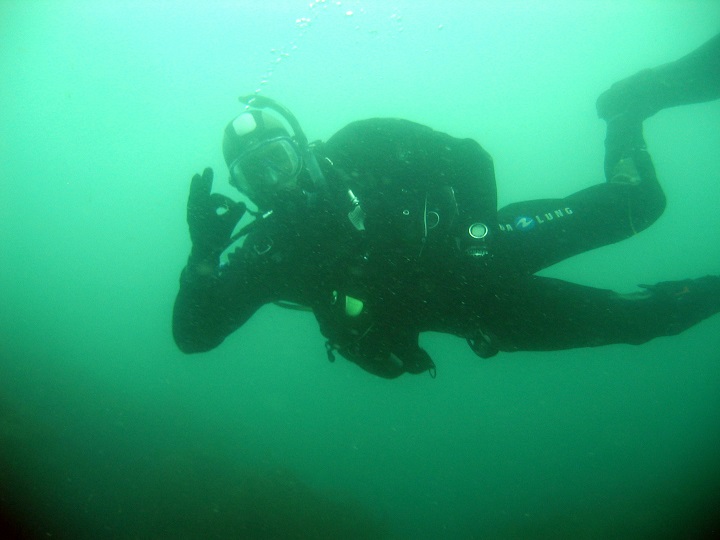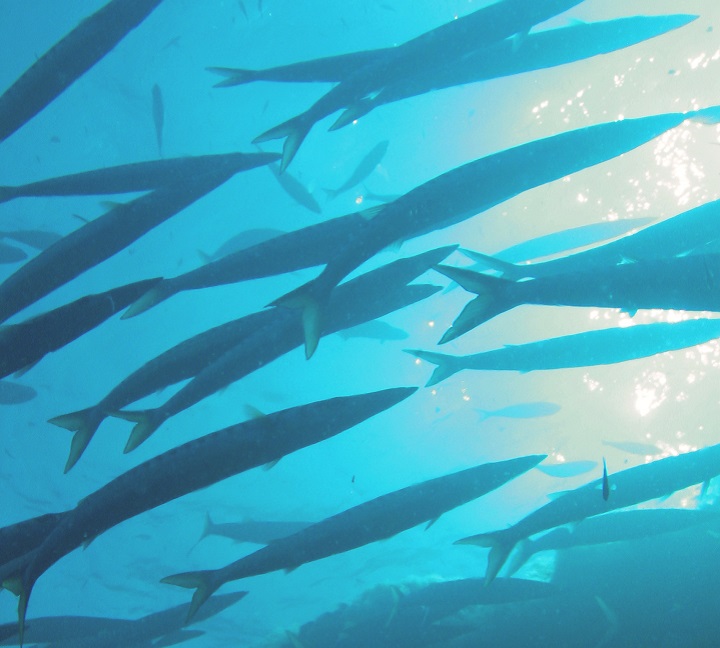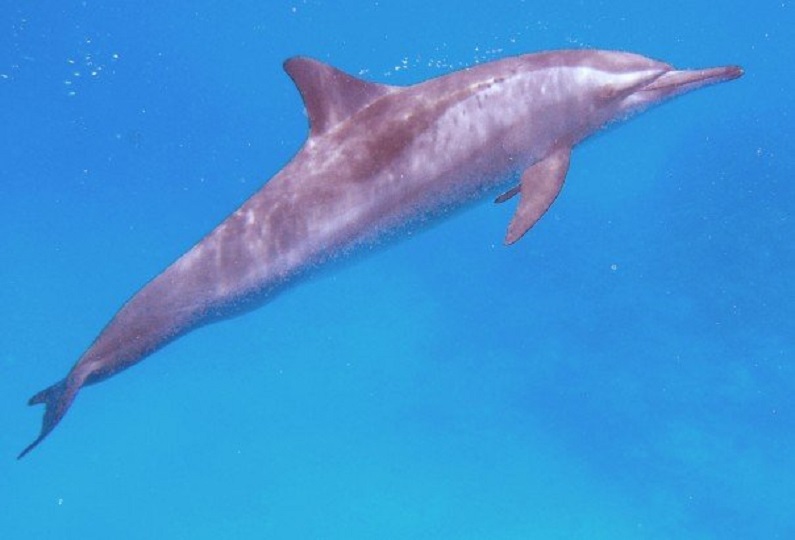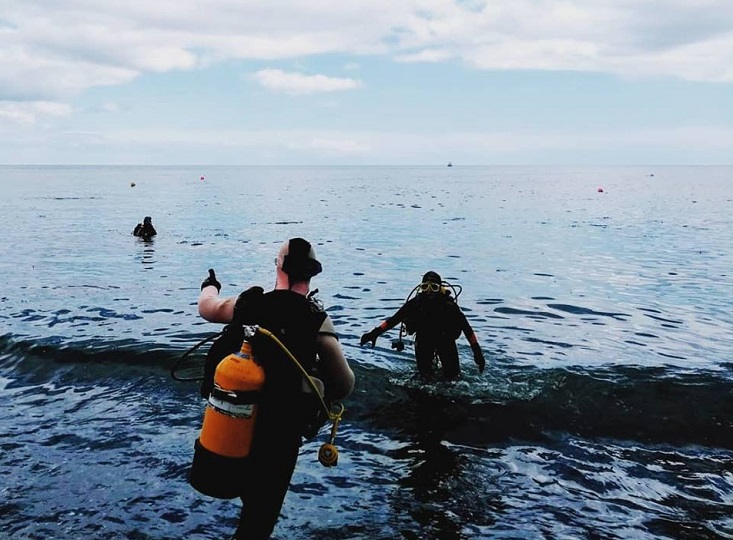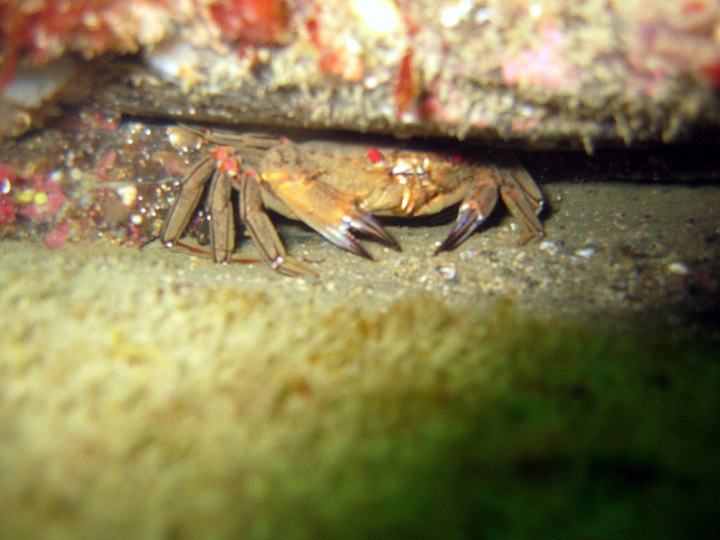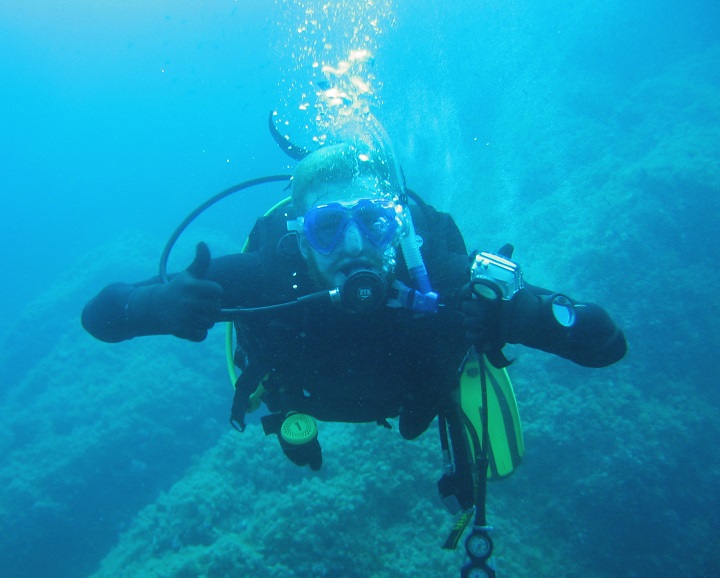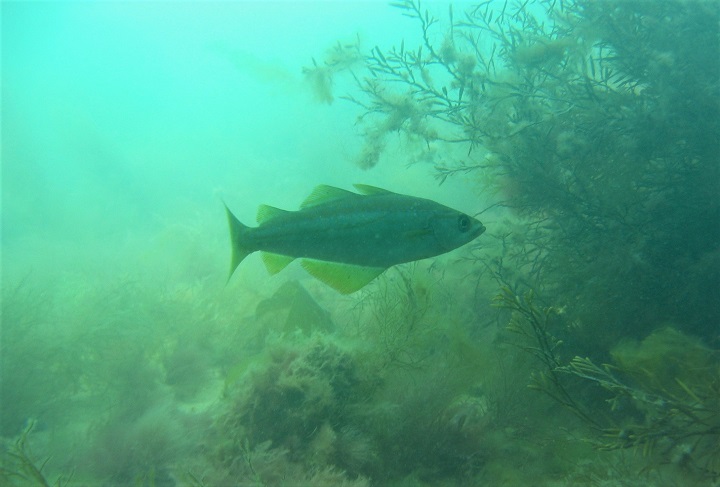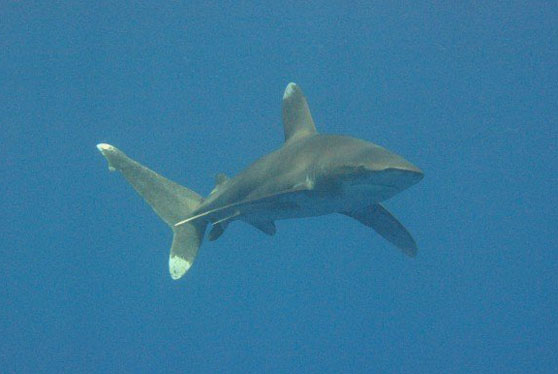Scuba diving is an exhilarating and rewarding activity that allows you to explore the wonders of the underwater world. However, diving in colder waters or for longer durations can present some challenges, particularly in staying warm and dry. This is where dry suits come in, offering protection from the elements and enabling divers to stay comfortable and safe during their underwater adventures. In this article, we will delve into the various types of dry suits available to scuba divers and explore the differences between them.
Understanding Dry Suits
Dry suits are specialized garments designed to keep the diver dry and insulated from the cold water. Unlike wetsuits, which allow a thin layer of water to seep in and then use body heat to warm it, dry suits create a watertight seal, preventing water from entering. This allows divers to wear insulating undergarments beneath the suit to stay warm in chilly waters. thermal protection is the main reason for most people to use drysuits but it is important to remember you will have to learn new skills to scuba dive in a dry suit so completing your PADI dry Suit course is a must before going scuba diving in your new drysuit.

The different types of drysuit
Neoprene Dry Suits
Neoprene dry suits are constructed from a synthetic rubber material that provides excellent insulation. They are thick and durable, making them suitable for diving in cold water conditions. Neoprene dry suits offer good thermal protection and are relatively easy to put on and take off. However, they can be quite bulky and restrictive, potentially limiting the diver's mobility, which can be a downside for some individuals.
Trilaminate Dry Suits
Trilaminate dry suits are made from three layers of material, typically consisting of a durable outer layer, a waterproof and breathable membrane, and an inner lining. This construction allows for enhanced flexibility and reduced bulk compared to neoprene dry suits. Trilaminate dry suits are often favored by technical divers for their lightweight and streamlined design, making them an excellent choice for mobility and ease of movement underwater.
Hybrid Dry Suits
Hybrid dry suits combine elements of both neoprene and trilaminate materials, offering the benefits of each type. They often feature a neoprene torso for insulation and a trilaminate lower body and limbs for increased flexibility. Hybrid dry suits are designed to provide a balance between warmth and mobility, making them suitable for a wide range of diving conditions.
Membrane Dry Suits
Membrane dry suits are constructed from a single layer of waterproof fabric, usually reinforced with additional layers at high-wear areas. These suits are highly customizable, allowing divers to choose different undergarments based on the water temperature and their personal comfort preferences. While membrane dry suits are known for their customizability, they may require additional undergarments to achieve the same level of insulation as neoprene or hybrid suits.
Front Entry vs. Rear Entry
In addition to the material construction, dry suits also come in different entry styles. Front entry dry suits feature a diagonal zipper across the chest, which makes them easier to put on and take off, particularly for divers with limited mobility. Rear entry dry suits, on the other hand, have a zipper running across the back of the shoulder area. While rear entry dry suits may be slightly more challenging to don and doff, some divers prefer them for their streamlined design and reduced risk of air trapping.
Built-in boots or attached socks and Rock Boots
Most divers buy dry suits with the boots attached to the suit as this is normally easier and cheaper but if you are going to be walking over ruff surfaces it might be an idea to think about having a dry suit with socks attached to your dry suit and buying rock boots to go over the socks. Although this is more expensive to start with the rock boots will protect the socks and thus your suit's ability to keep you dry and it is much easier to change your boots rather than having to have your local dive shop glue new boots to your dry suit which can become very expensive.
Choosing the Right Dry Suit
Selecting the right dry suit for scuba diving depends on various factors, including the diving environment, water temperature, personal preferences, and budget. Here are some key considerations when choosing a dry suit:
Water Temperature
If you primarily dive in colder waters, a neoprene dry suit may be more suitable to provide adequate insulation if you are someone who feels the cold or if you plan to scuba dive in cold water, Below 5 degrees Celcius, whereas if you plan to dive in warmer waters, a trilaminate or membrane dry suit with appropriate undergarments may offer the best thermal protection without overheating.
Mobility
Consider the range of motion and flexibility offered by the dry suit. This is especially important for technical diving or underwater photography, where freedom of movement is crucial. Trilaminate Dry Suits tend to give you the best flexibility so if mobility is important for your scuba diving you might want to look at these for your dry suit purchase.
Customizability
Determine whether custom sizing, seals, and accessories are available to ensure a proper fit and enhanced comfort during dives. There is a current move towards silicon seals due to the ease of change, instead of having to send it off to a dive shop for repair, you can change the seals in a couple of minutes while ont eh boat, as long as you have the spares with you.
Maintenance and Care
Take into account the maintenance requirements and longevity of the dry suit, including the need for repairs, zipper maintenance, and storage. doing a course like the PADI equipment specialist is a great option for learning how to long after and maintain your scuba diving equipment including your dry suit.
Budget
Dry suits vary in price depending on their materials and features. Prices can range from £600 to £6000 with all the add-ons you can get so it is important to think about all the things you want your drysuit to do for you when buying a new drysuit. If you are new to scuba diving it might be an idea to try a few second-hand drysuits out before making a big purchase.
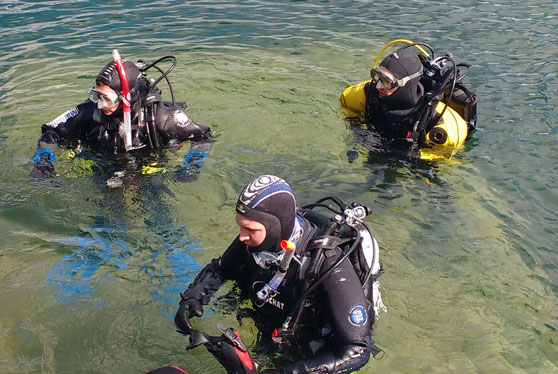
Conclusion
Dry suits are essential for scuba divers looking to explore colder waters or engage in extended dive times. Understanding the differences between neoprene, trilaminate, hybrid, and membrane dry suits can help divers make informed decisions when selecting the most suitable gear for their underwater excursions. By considering factors such as water temperature, mobility, customizability, maintenance, and budget, divers can find a dry suit that meets their specific needs and enhances their diving experience.In conclusion, the diverse range of dry suits available offers options for different diving environments and preferences, empowering divers to stay comfortable, warm, and protected as they uncover the mysteries beneath the waves.
Disclaimer: Scuba diving can be a hazardous activity. It is essential to receive proper training and certification before engaging in any diving activities. The best option to learn how best to safely scuba dive in a dry suit is the PADI Dry Suit Diver course and then it is a good idea to practice using your dry suit by going on lots os dive trip and the best way is by joining your local scuba diving club.
Understanding Dry Suits
Dry suits are specialized garments designed to keep the diver dry and insulated from the cold water. Unlike wetsuits, which allow a thin layer of water to seep in and then use body heat to warm it, dry suits create a watertight seal, preventing water from entering. This allows divers to wear insulating undergarments beneath the suit to stay warm in chilly waters. thermal protection is the main reason for most people to use drysuits but it is important to remember you will have to learn new skills to scuba dive in a dry suit so completing your PADI dry Suit course is a must before going scuba diving in your new drysuit.

The different types of drysuit
Neoprene Dry Suits
Neoprene dry suits are constructed from a synthetic rubber material that provides excellent insulation. They are thick and durable, making them suitable for diving in cold water conditions. Neoprene dry suits offer good thermal protection and are relatively easy to put on and take off. However, they can be quite bulky and restrictive, potentially limiting the diver's mobility, which can be a downside for some individuals.
Trilaminate Dry Suits
Trilaminate dry suits are made from three layers of material, typically consisting of a durable outer layer, a waterproof and breathable membrane, and an inner lining. This construction allows for enhanced flexibility and reduced bulk compared to neoprene dry suits. Trilaminate dry suits are often favored by technical divers for their lightweight and streamlined design, making them an excellent choice for mobility and ease of movement underwater.
Hybrid Dry Suits
Hybrid dry suits combine elements of both neoprene and trilaminate materials, offering the benefits of each type. They often feature a neoprene torso for insulation and a trilaminate lower body and limbs for increased flexibility. Hybrid dry suits are designed to provide a balance between warmth and mobility, making them suitable for a wide range of diving conditions.
Membrane Dry Suits
Membrane dry suits are constructed from a single layer of waterproof fabric, usually reinforced with additional layers at high-wear areas. These suits are highly customizable, allowing divers to choose different undergarments based on the water temperature and their personal comfort preferences. While membrane dry suits are known for their customizability, they may require additional undergarments to achieve the same level of insulation as neoprene or hybrid suits.
Front Entry vs. Rear Entry
In addition to the material construction, dry suits also come in different entry styles. Front entry dry suits feature a diagonal zipper across the chest, which makes them easier to put on and take off, particularly for divers with limited mobility. Rear entry dry suits, on the other hand, have a zipper running across the back of the shoulder area. While rear entry dry suits may be slightly more challenging to don and doff, some divers prefer them for their streamlined design and reduced risk of air trapping.
Built-in boots or attached socks and Rock Boots
Most divers buy dry suits with the boots attached to the suit as this is normally easier and cheaper but if you are going to be walking over ruff surfaces it might be an idea to think about having a dry suit with socks attached to your dry suit and buying rock boots to go over the socks. Although this is more expensive to start with the rock boots will protect the socks and thus your suit's ability to keep you dry and it is much easier to change your boots rather than having to have your local dive shop glue new boots to your dry suit which can become very expensive.
Choosing the Right Dry Suit
Selecting the right dry suit for scuba diving depends on various factors, including the diving environment, water temperature, personal preferences, and budget. Here are some key considerations when choosing a dry suit:
Water Temperature
If you primarily dive in colder waters, a neoprene dry suit may be more suitable to provide adequate insulation if you are someone who feels the cold or if you plan to scuba dive in cold water, Below 5 degrees Celcius, whereas if you plan to dive in warmer waters, a trilaminate or membrane dry suit with appropriate undergarments may offer the best thermal protection without overheating.
Mobility
Consider the range of motion and flexibility offered by the dry suit. This is especially important for technical diving or underwater photography, where freedom of movement is crucial. Trilaminate Dry Suits tend to give you the best flexibility so if mobility is important for your scuba diving you might want to look at these for your dry suit purchase.
Customizability
Determine whether custom sizing, seals, and accessories are available to ensure a proper fit and enhanced comfort during dives. There is a current move towards silicon seals due to the ease of change, instead of having to send it off to a dive shop for repair, you can change the seals in a couple of minutes while ont eh boat, as long as you have the spares with you.
Maintenance and Care
Take into account the maintenance requirements and longevity of the dry suit, including the need for repairs, zipper maintenance, and storage. doing a course like the PADI equipment specialist is a great option for learning how to long after and maintain your scuba diving equipment including your dry suit.
Budget
Dry suits vary in price depending on their materials and features. Prices can range from £600 to £6000 with all the add-ons you can get so it is important to think about all the things you want your drysuit to do for you when buying a new drysuit. If you are new to scuba diving it might be an idea to try a few second-hand drysuits out before making a big purchase.

Conclusion
Dry suits are essential for scuba divers looking to explore colder waters or engage in extended dive times. Understanding the differences between neoprene, trilaminate, hybrid, and membrane dry suits can help divers make informed decisions when selecting the most suitable gear for their underwater excursions. By considering factors such as water temperature, mobility, customizability, maintenance, and budget, divers can find a dry suit that meets their specific needs and enhances their diving experience.In conclusion, the diverse range of dry suits available offers options for different diving environments and preferences, empowering divers to stay comfortable, warm, and protected as they uncover the mysteries beneath the waves.
Disclaimer: Scuba diving can be a hazardous activity. It is essential to receive proper training and certification before engaging in any diving activities. The best option to learn how best to safely scuba dive in a dry suit is the PADI Dry Suit Diver course and then it is a good idea to practice using your dry suit by going on lots os dive trip and the best way is by joining your local scuba diving club.
.png)



